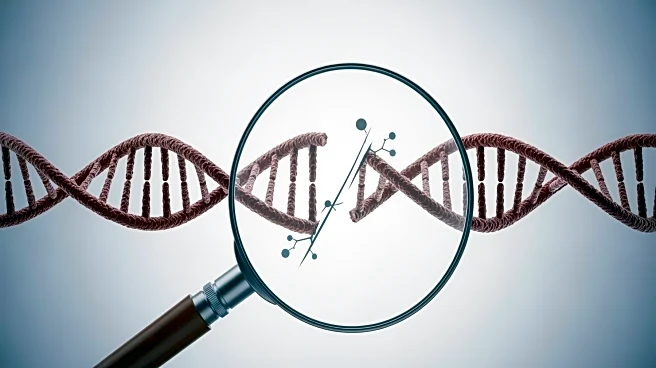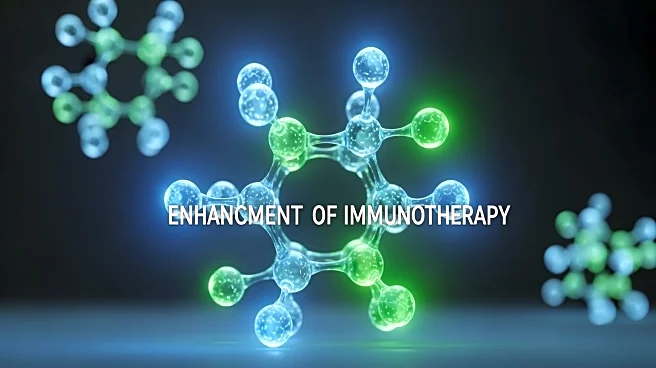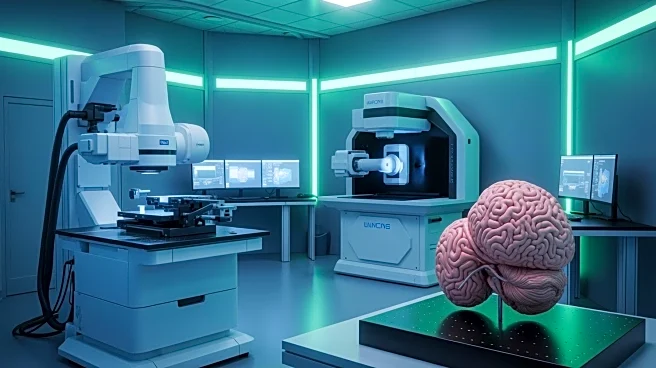What's Happening?
Researchers have developed a 3D spheroid model to assess nanocarrier-based drug delivery to solid tumors. This model uses pancreatic ductal adenocarcinoma (PDAC) cell lines and pancreatic stellate cells
to create spheroids that mimic the tumor microenvironment. The study highlights the model's ability to replicate key tumor characteristics, such as hypoxia and ECM deposition, which are challenging to reproduce in 2D cultures.
Why It's Important?
This advancement in 3D modeling is crucial for cancer research, as it provides a more accurate representation of tumor biology compared to traditional 2D cultures. The model allows for better prediction of drug efficacy and can help identify ineffective drug candidates early, potentially saving time and resources in drug development. It also offers a platform for testing new treatments targeting tumor heterogeneity and resistance mechanisms.
What's Next?
The model's adaptability suggests it could be tailored to study other cancer types, broadening its application in oncology research. Future studies may focus on refining the model to enhance its predictive power and exploring its use in high-throughput drug screening. The development of more physiologically relevant models could accelerate the discovery of effective cancer therapies.











